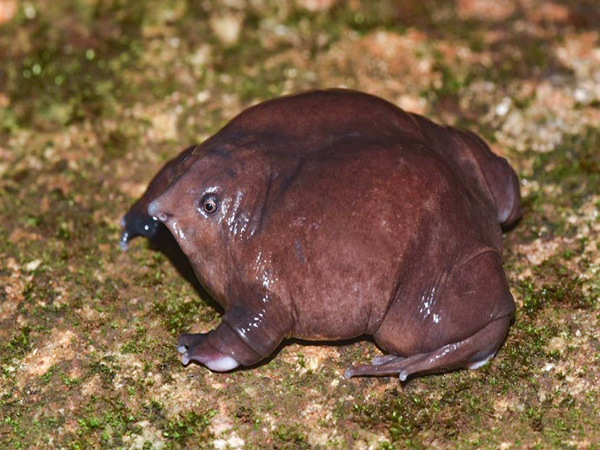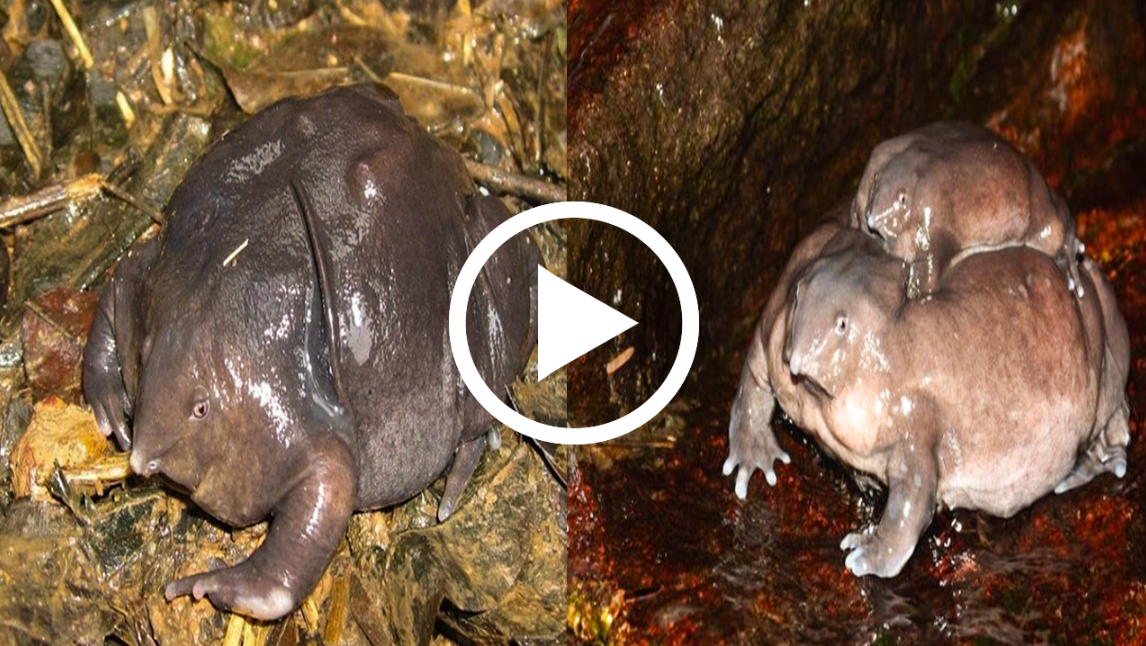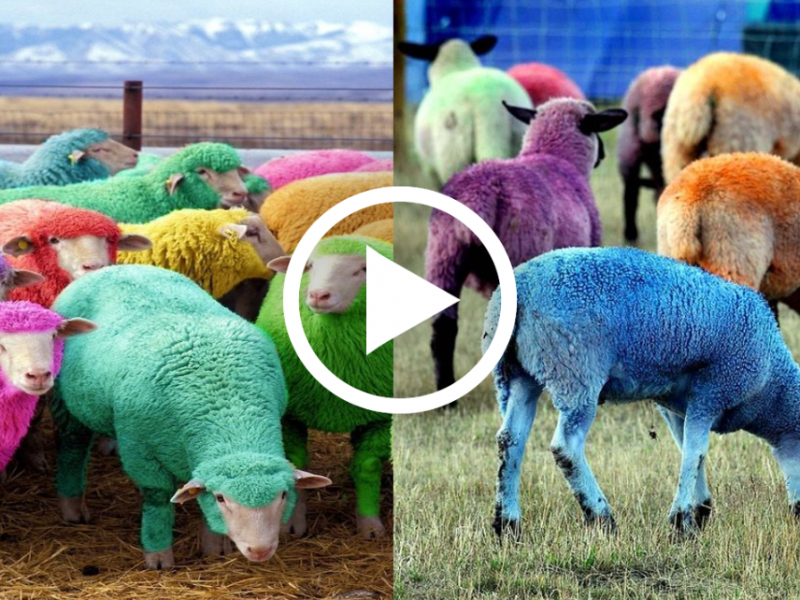The amphibian world is filled with countless species, each native to the rainforests of Central and South America, the Purple Pig Nose Frog (also known as the Hairy Frog) is the one that has attracted attention. of researchers and nature enthusiasts. same. With its striking purple color and distinctive pig-like snout, this frog is a true wonder of evolution.

Considered one of the ugliest creatures on the planet, this frog has a lot more to offer than what meets the eye.
Dubbed Bhupathy’s purple frog (Nasikabatrachus bhupathi) in memory of Indian herpetologist Subramaniam Bhupathy (who ᴅɪᴇᴅ during an expedition in 2014). While its body really resembles that of a normal frog, the Purple Frog’s physique takes on a much rounder, plumper appearance. It’s purple skin color also deviates from the normally accepted “green frog” standard. It’s head is much too small for its body and its nose is shaped like a pig’s snout. You can imagine the teasing that went on during middle school.

While you may think this funny-looking critter isn’t suited to sᴜʀᴠɪᴠɪɴɢ in mountains during monsoons, nothing could be further from the truth. Indeed, even as tadpoles, Bhupathy’s purple frog thrives in the environment.

Small eyes, a long snout, and short limbs equipped with hardened “spades” – each enables the frog to spend almost its entire life below ground. In fact, the amphibians don’t even surface to eat. Instead, the Indian purple frogs use a long, fluted tongue to slurp up ants and termites underground, says Elizabeth Prendini, a herpetologist at the American Museum of Natural History and coauthor of a paper describing the species in the newest issue of the journal Alytes.

The purple frog emerges at the start of the monsoon to breed, laying its eggs in small shaded rocky pools in the bed rock of torrential streams. Tadpoles take approximately 100 days to metamorphose. While typical tadpoles develop in puddles and ponds, the purple frog offspring spend several months on the wet cliffs feasting on algae.
 Adult purple frogs feed on small invertebrates, primarily termites. The purple frogs fossorial (burrowing) lifestyle makes it incredibly difficult to study, there are no current estimates of population sizes. However these frogs are known to often be ʜᴜɴᴛᴇᴅ and turned into amulets, which has made this poor animal ᴇɴᴅᴀɴɢᴇʀᴇᴅ in India.
Adult purple frogs feed on small invertebrates, primarily termites. The purple frogs fossorial (burrowing) lifestyle makes it incredibly difficult to study, there are no current estimates of population sizes. However these frogs are known to often be ʜᴜɴᴛᴇᴅ and turned into amulets, which has made this poor animal ᴇɴᴅᴀɴɢᴇʀᴇᴅ in India.



